For most of us, science fairs conjure sentiments of general despair, but these interesting science fair projects show the event's transformative potential.
For most people, the thought of science fairs conjures sentiments of general anxiety as well as images of Styrofoam planets and toilet paper tube volcanoes. But then again, most of us don’t consider science fair projects to be an opportunity to take on the task of killing biological weapons or coming up with cheaper ways to travel through space.
Using the science fair project as their point of entry, the students featured here have developed technologies that may change the tapestry of science forever.
Using Meth Addiction To Develop New Treatments
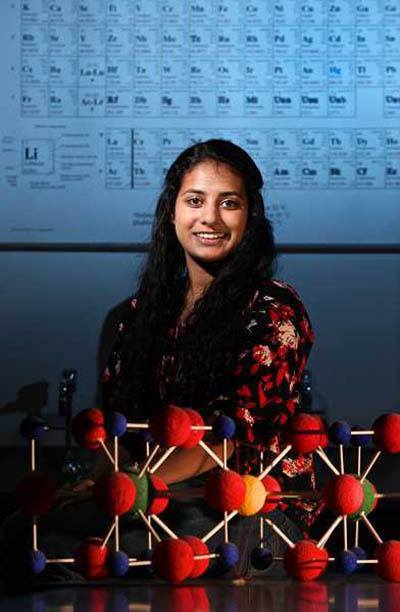
Source: Portland Tribune
Yamini Naidu spent two years researching the impacts of methamphetamine use and how to better treat drug addiction. Inspired by her uncle who suffered a stroke, she found that meth users often suffer strokes at a young age. She decided to use computer modelling to address addiction and possibly help stroke patients as well, by researching parts of the brain that can be linked to strokes.
In her studies, Naidu discovered two previously unknown binding sites in the brain that are activated by meth and developed compounds that can block the narcotics from binding to these sites and thus prevent the chemical addiction process. There are no drugs approved for the treatment of methamphetamine addiction, so her findings could prove to be groundbreaking. Naidu worked with Oregon Health and Science University and they now hold a patent on the compounds she created.
Interesting Science Fair Projects: Killing Anthrax Inside Of An Envelope
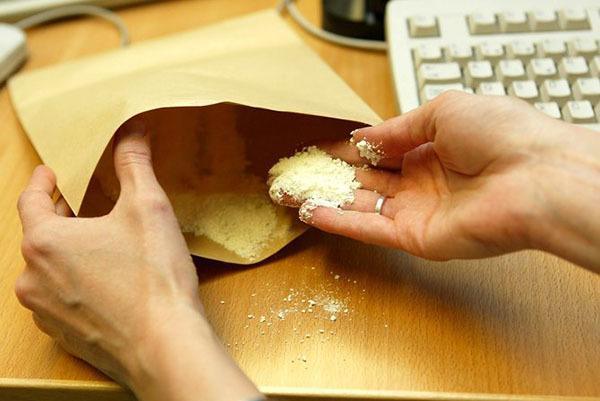
Source: The Conversation
While anthrax was busy horrifying every government employee in 2006, Marc Roberge was busy trying to conquer it. Marc is the son of Raymond Roberge, an expert on biological agents, who chose to study anthrax and decontamination for his science fair project.
For his testing, he used a bacterial spore from the anthrax family that is commonly used by scientists as a surrogate for the deadly toxin. He soon discovered that a simple clothing iron set at 400 degrees killed all of the spores when ironed through an envelope. His findings were published in the Journal of Medical Toxicology.
Why Chemotherapy Treatment For Ovarian Cancer Doesn’t Always Work
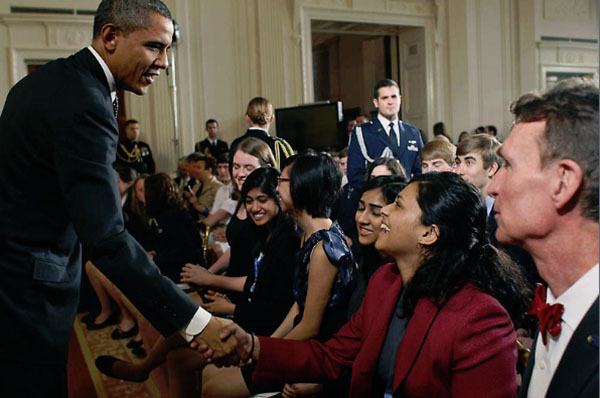
Source: NWLC
Shree Bose entered the first ever Google Science Fair in 2011 at the age of seventeen. She had participated in science fairs for 12 years and her hard work finally paid off. Bose studied why chemo doesn’t always work on ovarian cancer and eventually found an enzyme called activated-protein kinase that makes ovarian cancer cells resistant to treatment.
Since her discovery, Bose has worked as an intern at the National Institutes of Health, speaks to survivors’ groups about her findings and is currently studying molecular and cellular biology at Harvard. A main-belt minor planet called 21578 Shreebose, was discovered by Lincoln Laboratory Near-Earth Asteroid Research in Socorro, New Mexico in 1998 and named after her.
Interesting Science Fair Projects: Cheaper Fuel For Space Travel

Source: Thirsty Wagman
A visit to Cape Canaveral got Erika DeBenedictis hooked on space and the idea of space exploration. At the young age of 14, DeBenedictis developed a way to make travel into space cheaper. The biggest space travel expense is fuel and the only known source of rocket fuel is on Earth.
She hypothesized that developers could cut their fuel costs by allowing space ships, once in space, to travel by using other planets’ space currents and other celestial bodies, like sailboats travel using currents and wind. Her efforts won first place in the Intel Science Talent Search in 2010 and launched her career in computer science.
Self-Driving Cars

Source: Mashable
In 2013, 19-year old Romanian Ionut Budisteanu invented a self-driving car and took first place at the Intel International Science and Engineering Fair. There have been a number of other designs for self-driving cars, but Budisteanu managed to design his for a mere $4,000.
In comparison, Google’s self-drive 3-D radar clocks in at a gargantuan $75,000. Such a discrepancy in cost can be explained by Budisteanu’s decision to use a low-resolution 3-D radar as opposed to a high-resolution system. Budisteanu has attracted Romanian investors who will allow him to test a prototype of his system in the future.
Cheaper And Better Tests For Breast Cancer
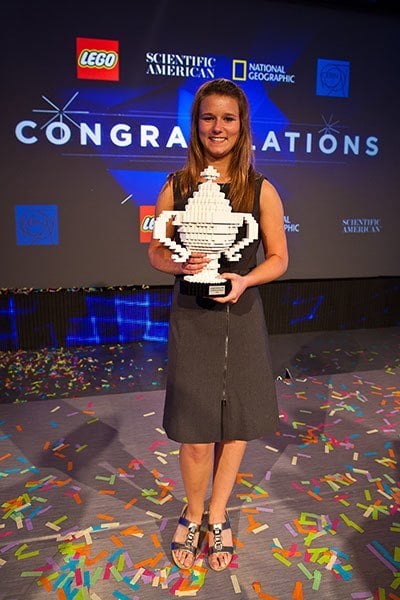
Source: The Scientific American
Brittany Wenger, a budding scientist from Florida, made an app that helps doctors diagnose breast cancer. She programed a neural network with 7.6 million case studies that let the program “learn” what patterns to look for during a diagnostic exam.
Her program used information from “fine needle aspirates,” which are often the least effective in diagnosing cancer, but when coupled with her neural network, the tests are 99% correct at diagnosing malignant tumors. Wenger placed first in the Google Science Fair in 2012, has given four TED talks and currently studies at Duke University. After her win, Wenger went on to design a program that can effectively diagnose leukemia as well.
Changing A Font Can Save Millions

Source: NRI Pulse
Suvir Mirchandani was only in sixth grade when he became interested in environmental sustainability. Take that concern and couple it with the piles of handouts he was receiving in middle school, and the little genius soon wanted to find a way to use computer science to limit the amount of wasted paper and ink.
Mirchandani soon discovered that the font Garamond is lighter, thinner and smaller at 12-point size than other common fonts like Times New Roman, Century Gothic and Comic Sans. And given the fact that ink is more expensive than luxury French perfume, this discovery could help the federal government save $136 million a year by exclusively using Garamond.
Nuclear Fusion Reactor
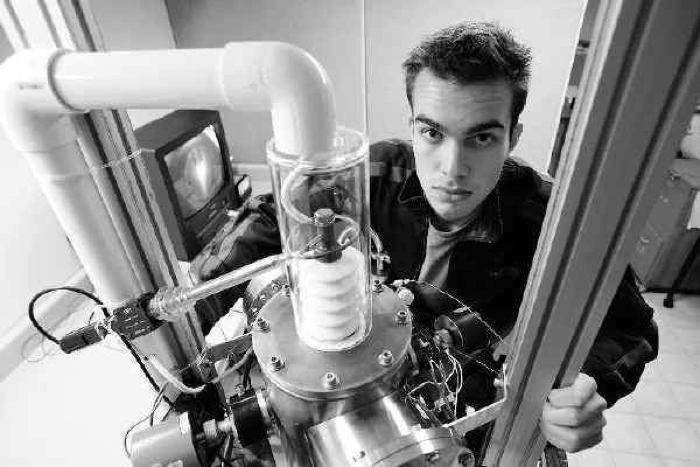
Source: Freep
Thiago David Olson is now an electrical engineer for the United States’ Department of Defense, but he began his science exploration by building a nuclear fusion reactor in his garage. He studied nuclear fusion and neutron sciences while attending high school in Rochester, Michigan and soon found himself ordering cheap parts off the Internet.
He would go on to win second place at the Intel International Science and Engineering Fair for his innovation, and study at Princeton and Vanderbilt. He also has a planet named after him, which was discovered by the same research team that discovered 25178 Shreebose.
Nuclear Weapon Detector
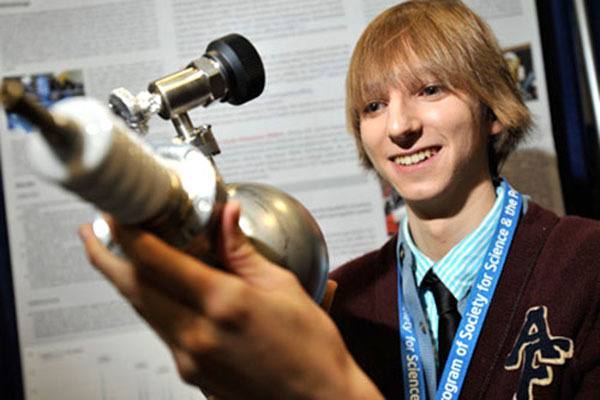
Since Taylor Wilson had already created a nuclear fusion reactor, he decided his next project would be a nuclear weapon detector. Taylor developed a scanner using water that can identify radiation. He hopes to have it specifically used for cargo shipping because many of the containers are not checked.
The federal government offered him funding to conduct research on their behalf but he declined on an interim basis citing patent issues. In June 2012, Wilson was awarded the Thiel Fellowship, which basically gives him $100,000 to gaff off college and pursue his dream of working in nuclear science.
Gene Mutation Linked To Lung Condition
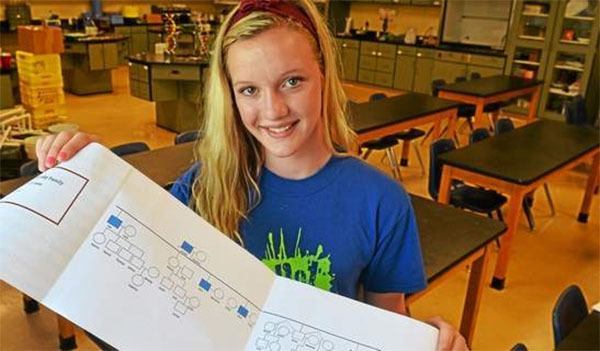
Source: Montgomery News
Many in Megan Swintosky’s family suffer from a rare condition called spontaneous pneumothorax, which causes air to get trapped between the lung and chest cavity and initiate lung collapse. Swintosky’s grandfather, who has the condition, describes the feeling as a knife in the back.
Megan decided to study the condition, which she believed to be genetic, and took DNA samples from her family across three generations. She investigated the folliculin gene as it has been connected with the disorder in the past. Swintosky soon realized that 17 of the 19 family members with the condition have not only a mutated folliculin gene, but a new genetic mutation that she believes contributes to the condition. She won Marvel’s Iron Man 3 Inventor and Innovator Fair in 2013 and plans to continue her research in high school.
Enjoy this article on interesting science fair projects? Check out our other posts on fun facts and science myths that won’t die.





